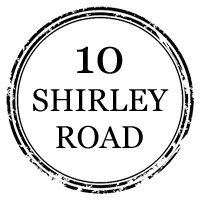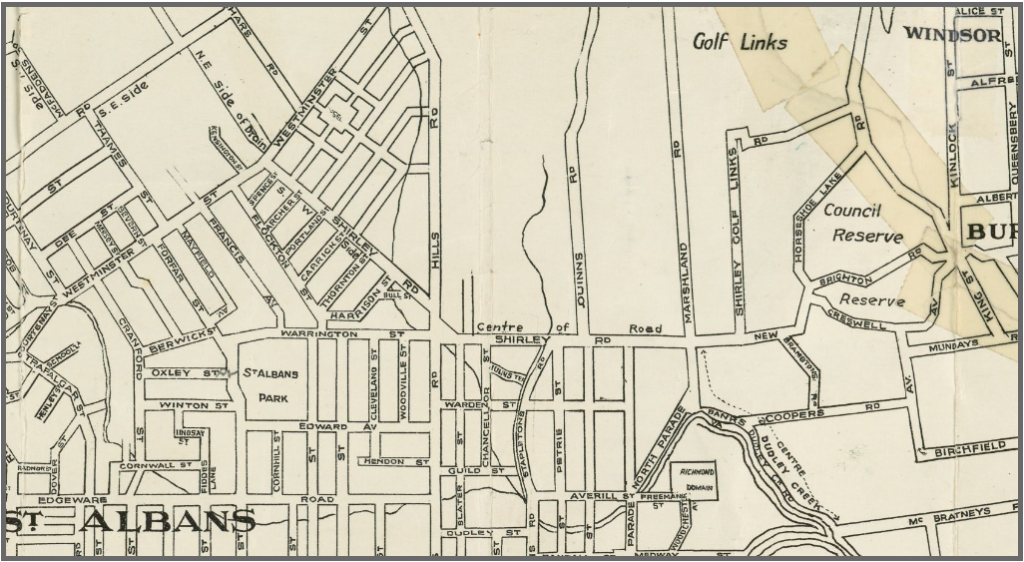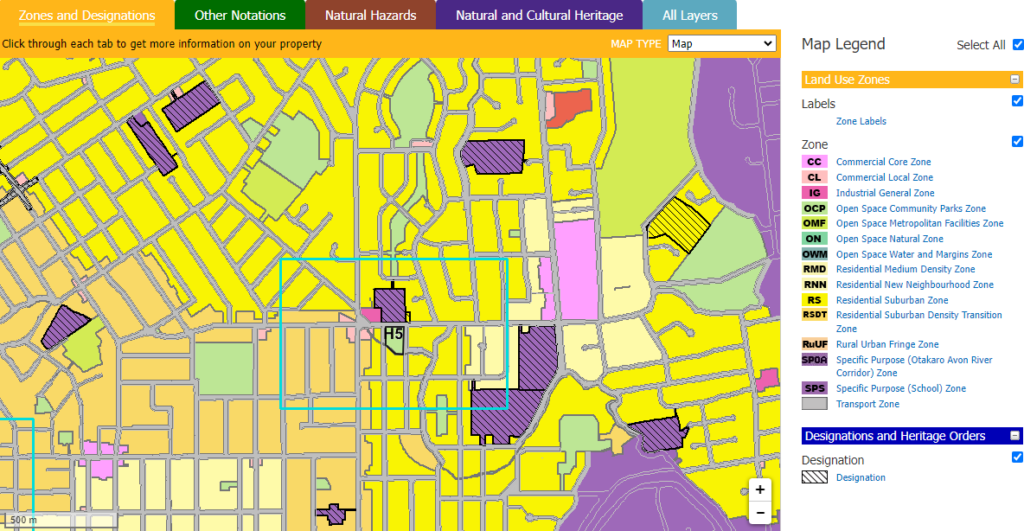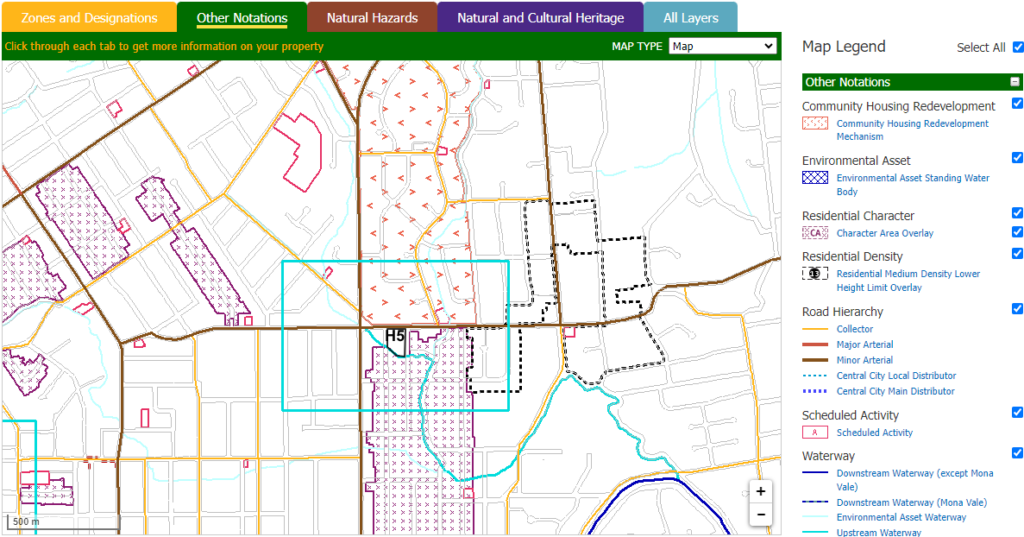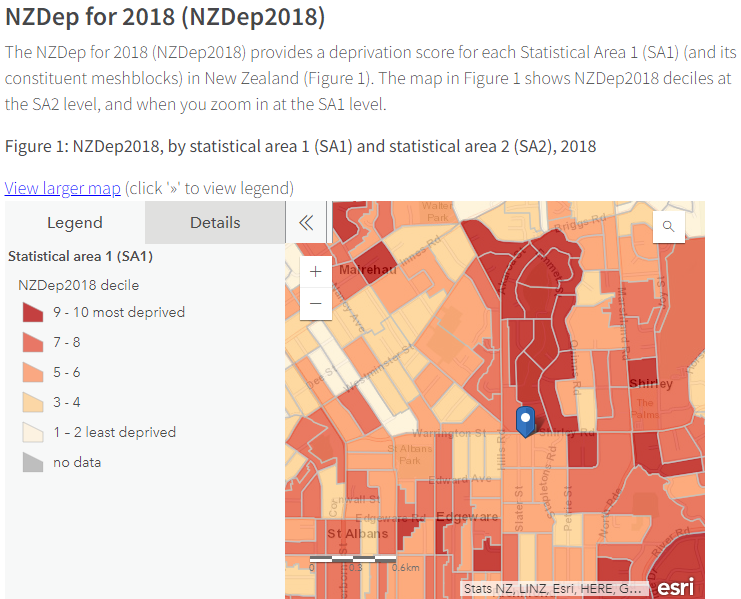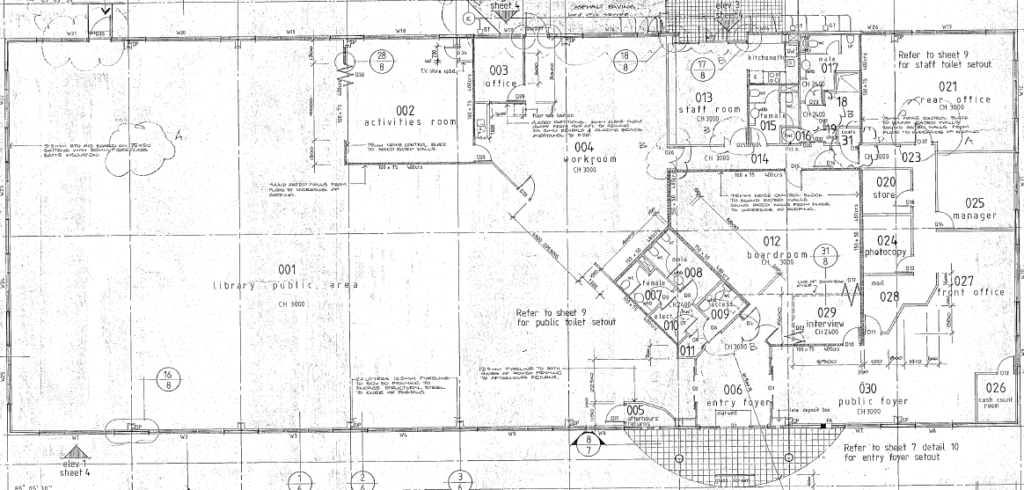Q. How do we fund a new building & redevelopment of the Shirley Community Reserve?
A. Through donations, sponsorships & grants, by involving:
– the local communities around Shirley Road, Christchurch
Suburbs: Shirley, Dallington, Richmond, Edgeware, St Albans & Mairehau
– the owners of The Palms Mall (see: * Update: 12th June 2024)
– the wider community: Christchurch residents
– Christchurch City Council, Waipapa Papanui-Innes-Central Community Board & Waitai Coastal-Burwood-Linwood Community Board
– New Zealand Government: relevant Ministries & Departments
– Local/National Funding Organisations
– International Community: expats now living overseas & visitors
– The Christchurch Foundation
– Past Connections: People/Businesses/Organisations who have a past connection to this site/former building
& by providing other Fundraising Opportunities
1. The Palms Mall
2. Christchurch City Council
3. Waipapa Papanui-Innes-Central Community Board
4. Waitai Coastal-Burwood-Linwood Community Board
5. New Zealand Government
6. Local/National Funding Organisations
7. International Community: expats now living overseas & visitors
8. The Christchurch Foundation
9. Past Connections
10. Fundraising Opportunities
1. The Palms Mall
The current Shirley Library & Service Centre building is located in The Palms car park, at 36 Marshland Road: https://maps.app.goo.gl/XhPBD3QYgGr8fXAA8
Sell the land/buildings that are owned by the Christchurch City Council to The Palms*, to help with their redevelopment project.
A new building/development at 10 Shirley Road, Shirley Community Reserve will draw residents from around the city (like the previous centre did) to the Shirley Road area.
During peak times on Hills Road & Marshland Road, it would be convenient for ‘Shirley Centre’ users to also stop off at The Palms while in the area, to stop & eat at the food court, pick up groceries on the way home & avoid the traffic.
Shirley Road / Marshland Road / New Brighton Road / North Parade intersection
Shirley Road / Hills Road / Warrington Street intersection
https://letstalk.ccc.govt.nz/safer-shirley
“A block of 27 council flats, the Shirley library and service centre, and a Resene paint store separate The Palms from some of AMP Capital’s residential properties.”
https://www.stuff.co.nz/business/75692826/christchurchs-the-palms-mall-buys-neighbouring-homes-in-expansion-bid
(The Palms has been sold again since this article & now has new owners.)*
https://www.oneroof.co.nz/property/canterbury/shirley/36-marshland-road/4o6uS
$3,790,000 RV (2022)
https://www.oneroof.co.nz/property/canterbury/shirley/1-alma-place/hZUGM
$2,800,000 RV (2022)
https://ccc.govt.nz/assets/Documents/The-Council/Plans-Strategies-Policies-Bylaws/Plans/Long-Term-Plan/LTP-2024-2034/STR6734-Draft-LTP-capital-schedules-Waipapa-v2.pdf
$3,703,366, Christchurch City Council LTP Budget: 20053 – Shirley Community Centre
Total = $10,293,366 (CCC LTP budget + Alma Place RV + Shirley Library & Service Centre RV)
* Update: 12th June 2024
The Council owned properties (Shirley Library & Service Centre, Alma Place social housing) are now designated “Commercial Core Zone” in the current Christchurch District Plan.
The “Commercial Core Zone” extends to 50 Marshland Road & 55 Golf Links Road.
Currently The Palms mall covers the block from New Brighton Road to Hercules Street & Marshland Road to Golf Links Road.
Three properties that are adjacent to the Council owned properties are currently up for ‘Deadline Sale’.
– 43 Golf Links Road
This is the path/parklet next to the lane, if you are using the Golf Links Road entrance to The Palms carpark.
If this section is sold to developers, it will affect access for users of the ‘Shirley Library & Service’ building during construction & potentially afterwards.
https://rwcanterbury.co.nz/properties/residential-for-sale/christchurch-city/shirley-8013/section/3097423
https://maps.app.goo.gl/EtKByt43yLw7WY8g7
– 45 Golf Links Road
https://rwcanterbury.co.nz/properties/residential-for-sale/christchurch-city/shirley-8013/house/3098352
https://maps.app.goo.gl/dGWA879ds5yMmcLA9
– 47 Golf Links Road
https://rwcanterbury.co.nz/properties/residential-for-sale/christchurch-city/shirley-8013/house/3098365
https://maps.app.goo.gl/vURHukPC4HRD2QqM6
If the ‘new owner’ of 43/45/47 Golf Links Road also purchased the Council land, this would be approximately 10,000m2 “Commercial Core Zone” land (including Shirley Library & Service Centre, Alma Place social housing*).
* Alma Place social housing
– Alma Place social housing sold, on the condition that residents are rehoused in new social housing already/being developed in the Shirley & Richmond areas.
– Residents have no street view, neither to Marshland Road or Gold Links Road.
– Residents are already overlooked by The Palms two storey carparking building.
– The current houses at 43/45/47 Golf Links Road are single storey.
If the properties are sold to a ‘townhouse property developer’, they will be replaced with multi storey residental buildings overlooking the social housing properties.
If the properties are sold to a ‘commerical business owner’, residents will be surrounded by commerical/retail businesses.
– “This complex built in 1963 has 24 single story units and is owned by Ōtautahi Community Housing Trust.Insulation is in the ceiling in all units. 4 units exempt from underfloor due to insufficient space to install (sighting H&S).”
https://oursocialhousing.nz/locations/alma-place/
– “8. Conclusions
The storage garages have a capacity of 39% NBS, as limited by the in-plane capacity of the reinforced concrete panels of the building.
The residential units have a capacity of 58% NBS, as limited by the in-plane shear capacity of the lined shear walls.
Both are deemed to be a ‘moderate risk’ building in a design seismic event
according to NZSEE guidelines.
9. Recommendations
It is recommended that: A strengthening works scheme be developed to increase the seismic capacity of all buildings to at least 67% NBS. This will need to consider compliance with accessibility and fire requirements.”
https://www.ccc.govt.nz/assets/Documents/The-Rebuild/Community-facilities/AlmaPlaceL5.pdf
2. Christchurch City Council
– “Debt isn’t necessarily a bad thing! Without it, many communities would simply not be able to fund key infrastructure – like libraries.
It’s important to note that councils only borrow money for new assets that have long term benefits for the community, not for day-to-day operational costs.
What does this have to do with rates? Well, there’s a principle called inter-generational equity – which basically means that every generation that benefits from an investment, should contribute to the cost of it.
So while it’s easy to look debt and think your rates are just paying off old and potentially unnecessary spending, you’re actually helping pay off key investments that are crucial to your community, ones you might benefit from without even knowing it. And, crucially, the future generations that benefit from these assets pay their fair share too.”
Local Government NZ Facebook Post, 24th April 2024
– Insurance Payout for the original Shirley Community Centre building
“Community Facilities: Recommended Required Work: Replace. Section 38 (claim insured value)”
https://ccc.govt.nz/assets/Documents/The-Rebuild/Community-facilities/CommunityFacilitiesTranche1.pdf
– “Better Off” support funding
“Better Off support funding will be used to contribute to our community’s wellbeing by prioritising things that communities have told us are important.”
https://ccc.govt.nz/the-council/future-projects/betteroff
– Capital Endowment Fund
https://ccc.govt.nz/the-council/plans-strategies-policies-and-bylaws/policies/finance-and-funding-policies/capital-endowment-fund-policy
– Place Partnership Fund
“The Place Partnership Fund supports those seeking to strengthen connections between communities and their places and spaces to foster inclusion, local identity, shared experience and stewardship.”
https://ccc.govt.nz/culture-and-community/community-funding/place-partnership-fund/
See the following blog posts:
https://www.10shirleyroad.org.nz/placemaking/
https://www.10shirleyroad.org.nz/landscape-ideas/
https://www.10shirleyroad.org.nz/playground-ideas/
– Strengthening Communities Fund
https://ccc.govt.nz/culture-and-community/community-funding/scfund
3. Waipapa Papanui-Innes-Central Community Board
– “Better Off” support funding
“Better Off support funding will be used to contribute to our community’s wellbeing by prioritising things that communities have told us are important.”
https://ccc.govt.nz/the-council/future-projects/betteroff
– Strengthening Communities Fund
https://ccc.govt.nz/culture-and-community/community-funding/scfund
“Funding of $2.57 million has been made available in the Christchurch City Council Long Term Plan in the 2016/17 financial year for the rebuild of the Shirley Community Centre.”
8. Shirley/Papanui Community Board Area Update
2.2 Shirley Community Centre Rebuild
https://christchurch.infocouncil.biz/Open/2016/08/SPCB_20160831_AGN_689_AT.PDF
Item 12 Proposed Shirley Community Centre Rebuild (2016)
https://youtu.be/8IyNUERFLwo
“Request that the Community Board talk with staff around potential options for a regeneration plan in this area under the Greater Christchurch Regeneration Act 2016.”
https://christchurch.infocouncil.biz/Open/2016/09/CNCL_20160908_MIN_480.PDF
“In 2021, the Council approved $3 million funding for the rebuild of the Shirley Community Centre in FY 2029/30 – FY2031/32 and requested an updated ‘feasibility study’ to look at other options, including incorporating the current Shirley library.”
https://letstalk.ccc.govt.nz/SCR/SCR-FAQ
4. Waitai Coastal-Burwood-Linwood Community Board
Previously I also advocated for the Dallington Residents Association (Bebe Frayle) ‘Dallington/Burwood/Avondale Community Centre’ proposal.
https://www.10shirleyroad.org.nz/community-needs-community-centres/ (2018)
– OARC Regeneration Plan Idea for Shirley/Richmond by Joanna Gould
“Shirley/Richmond, new Community Centre at 10 Shirley Road opposite Shirley Primary School, includes Shirley Library, Learning Spaces, Service Centre, sell Shirley Library building at The Palms.”
– OARC Regeneration Plan Idea for Dallington/Burwood/Avondale by Joanna Gould
“Dallington/Burwood/Avondale, new Community Centre at 255 New Brighton Road close to All Saints Church, includes [Waitai] Coastal-Burwood[-Linwood] Governance Unit more central to their residents [new boardroom for Waitai Coastal-Burwood-Linwood Community Board meetings?], small Meeting/Learning spaces with kitchen, Service Centre, Volunteer Library similar to Redcliffs Village Library, sell Shirley Library building at The Palms.”
This location is the midway point of the Ōtākaro Avon River Corridor, with the Avondale Road bridge giving access to both sides of the river.
The picturesque view from this location is amazing, overlooking the river with the Port Hills in the background. https://maps.app.goo.gl/H9cxFbRE3GkTkZgXA
This location is the perfect spot for an information centre/co location for Park Rangers & Māori Wardens to operate from.
A cafe/museum could also be integrated into this facility for visitors & users of the Ōtākaro Avon River Corridor: Cultural Trail.
https://riseuprichmond.nz/draft-oarc-regeneration-plan-visitor-experience/
– Ōtākaro Avon River Corridor: Cultural Trail
– Ōtākaro Avon River Corridor: ‘Our People, Our Places’ Park Rangers
– Ōtākaro Avon River Corridor: ‘Our People, Our Places’ Māori Wardens
– Draft OARC Regeneration Plan: Proposed Places/Visitor Experiences
– Ōtākaro Avon River Corridor: Visitor Demographics
https://riseuprichmond.nz/draft-oarc-regeneration-plan-tell-our-stories/
Local History, Local People (Pre Earthquakes)
– John Deans (Pioneer, Riccarton House & Bush)
– Richard Bedward Owen (“River Bank” Owen, Businessman, Conservationist, Philanthropist, “a man of great vision”)
– William A. Sutton (Artist, Painter, Craftsman, Teacher)
– Elsie Locke (Writer, Historian, Activist)
– Rod Donald (Politician, Green Party co-leader)
– Alexander William Bickerton (First Professor of Chemistry at Canterbury College, taught Ernest Rutherford, Partial Impact Theory)
– James Arthur Flesher (Mayor of Christchurch (1923-1925), Politician, Solicitor, Barrister)
– Cora Wilding (Physiotherapist, Artist)
5. New Zealand Government
– Ministry of Education | https://www.education.govt.nz/
Shirley Primary School is directly across from 10 Shirley Road, Shirley Community Reserve.
Pareawa Banks Avenue School is 1km away from 10 Shirley Road, Shirley Community Reserve: https://maps.app.goo.gl/GXK18unpyLCQ9Gb57
Shirley Intermediate School is 700m away from 10 Shirley Road, Shirley Community Reserve: https://maps.app.goo.gl/YkToJxXrv6pVN2Zu5
Mairehau High School is 1.8km away from 10 Shirley Road, Shirley Community Reserve: https://maps.app.goo.gl/1eMbykwWNMz5T73W6
Shirley Centre | Education Providers
“There are 14 schools, kindergartens & playcentres located within a 2km radius of the 10 Shirley Road, Shirley Community Reserve.
This map does not include all early childhood education centres.”
https://www.10shirleyroad.org/shirley-centre-map
– Ministry of Disabled People | https://www.whaikaha.govt.nz/
Shirley Centre | Support Providers
“Specialist Teaching: Seabrook McKenzie Centre, Ferndale Te Ahu School & The Champion Centre
Neurodiverse: Autism NZ (Canterbury & West Coast)
Adult Education: Hagley Adult Literacy Centre (Literacy & Numeracy, First Steps, Computer Skills, ESOL)
Intellectual Disabilities: Helen Anderson Trust & Delta Community Support Trust (Friendship Link)
Pain Management: Burwood Hospital Pain Management Centre
Brain Injury: Laura Fergusson Trust”
https://www.10shirleyroad.org/shirley-centre-map
– Ministry of Social Development | https://www.msd.govt.nz/
The Work and Income (WINZ) Shirley Centre is located at 203 Hills Road, Shirley.
280m walk from 10 Shirley Road, Shirley Community Reserve.
https://maps.app.goo.gl/RGA1xF9oQtsXj7hU6
– Department of Internal Affairs | https://www.dia.govt.nz/
The Department of Internal Affairs has a partnership with those working in Shirley & is also involved in funding projects in Richmond.
6. Local/National Funding Organisations
– Ngāi Tahu
Haea Te Awa – Regional Investment Fund
https://ngaitahu.iwi.nz/te-runanga-o-ngai-tahu/our-work-pou/haea-te-awa/
https://ngaitahu.iwi.nz/te-runanga-o-ngai-tahu/our-work-pou/culture/
https://ngaitahu.iwi.nz/te-runanga-o-ngai-tahu/our-work-pou/matauranga/
https://ngaitahu.iwi.nz/te-runanga-o-ngai-tahu/our-work-pou/oranga-health-and-wellbeing/
– Rātā Foundation
https://ratafoundation.org.nz/en/funding/how-we-fund/building-projects
– The Tindall Foundation
https://tindall.org.nz/community/
7. International Community: expats now living overseas & visitors
If you look at the “Location” details of the “Where is our Community Centre?” online petition.
You will see Christchurch locals have signed this petition, as well as people from around NZ (Lower Hutt, Auckland, Ashburton, Hastings, Tauranga, Nelson, Blenheim, Porirua, Matamata, Alexandra, Waipapa, Hamilton, Rotorua, Wellington, Palmerston North, Papamoa, Kaitaia, Invercargill, Rangiora, Morrinsville, Dunedin) & overseas (Australia, USA, UK, Ireland)
https://letstalk.ccc.govt.nz/download_file/133/495
8. The Christchurch Foundation
“For those who have dreams for our city, The Christchurch Foundation makes it easier for you to make a difference.”
Create a ‘Shirley Centre’ project, to invest in this legacy project/development:
https://www.10shirleyroad.org.nz/historic-landmark/
& for those expats living overseas to become supporters.
https://christchurchfoundation.org.nz/giving/projects/
9. Past Connections
– There are many local stories & connections, many family members of those who have already passed, that remember these stories & connections today & would like a way to be able to honor these for future generations.
– George Penlington (CEB Architect for Shirley Primary & Richmond Schools)
Ministry of Education
https://www.10shirleyroad.org.nz/george-penlington/
https://www.10shirleyroad.org.nz/original-building/
– Benjamin Oakes Moore (Contractor who helped build the former ‘Press’ building in Cathedral Square)
Built his home at 12 Julius Terrace, Richmond (rebuilt home current value is $2.22M)
https://www.10shirleyroad.org.nz/benjamin-oakes-moore/
https://www.ccarchitects.co.nz/portfolio-item/julius-terrace-house/
– NZ Society of Genealogists – Canterbury Branch
https://canterburygenealogy.org.nz/
“10 Shirley Road was the home for NZ Society of Genealogists – Canterbury Branch, for 21 years from February 1990 until the February 2011 earthquakes. We were hoping that a new Community Centre would be built on the same site to serve the local community in many ways, and possibly return ‘home’.”
https://christchurch.infocouncil.biz/Open/2020/11/PICB_20201120_AGN_4525_AT.PDF
https://www.10shirleyroad.org.nz/site-history/
– “The Christchurch Districts of Windsor and Shirley: A short history and reminiscences 1860-1960″ By Roger Allen
10. Fundraising Opportunities
– “Buy A Brick” for individuals/families to have their name on a brick, edging the pathways around the new Shirley Centre building.
“A group of residents who had formed the Pier and Foreshore Society to try to save the pier continued to campaign for a new pier (New Brighton Pier). Thirty years of lobbying and fundraising in the community saw almost $2 million raised from the community which was matched by a further $2 million from the Christchurch City Council and a new pier design was approved with a new library, a café and a restaurant at the landward end.”
https://my.christchurchcitylibraries.com/new-brighton-pier/
– “Sponsor A Seat” for businesses/local property developers to have their name on a seat, added to the different outdoor spaces around the new Shirley Centre building.
